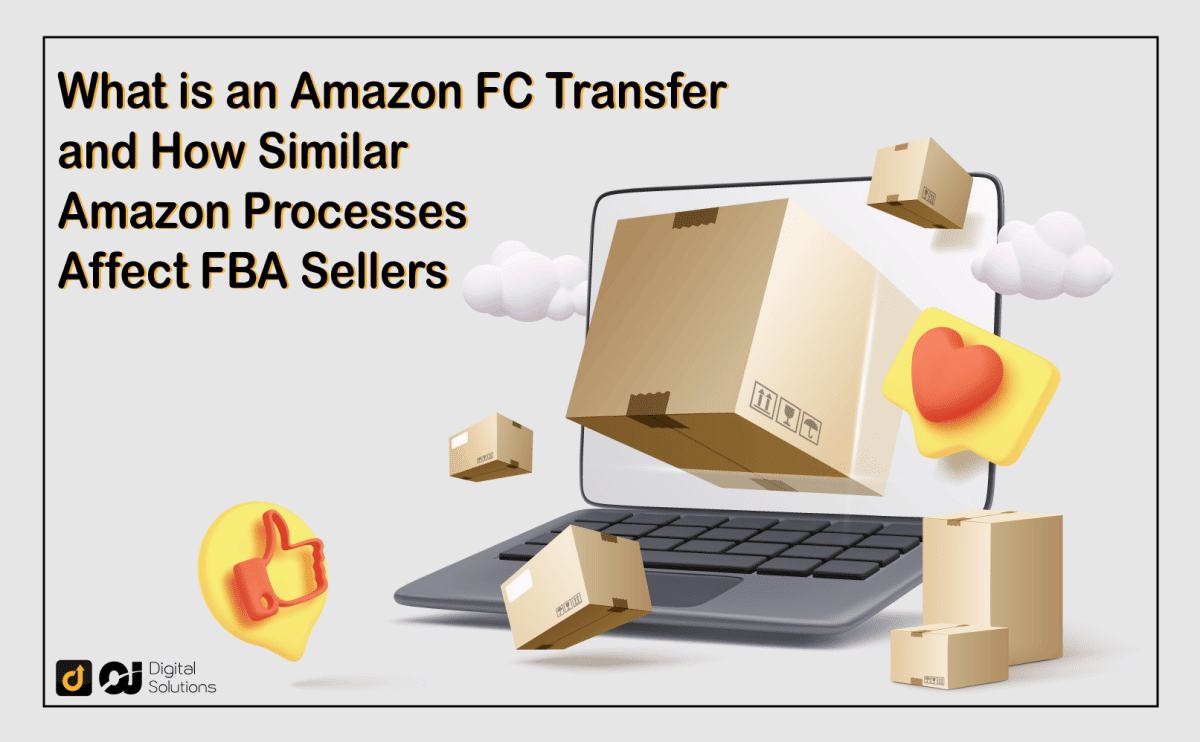Imagine owning a store that people in your neighborhood love. However, for some items, you have to tell customers to wait some time before they can order.
If you continue doing business like this, do you think your store will remain popular for long?
This is experienced by many customers who buy from Fulfillment by Amazon (FBA) sellers. An Amazon FC transfer is one of the main reasons buyers can’t buy what they want when they want to.
If you’re an FBA seller, this guide contains vital information about Amazon FC transfers, how they are processed, and their effect on your business operations.
We’ll also discuss related concepts like Amazon reserved inventory and Amazon FC processing.
Ready? Join me as I take you through the inner workings of an Amazon FC transfer!
What Is An FC Transfer on Amazon?
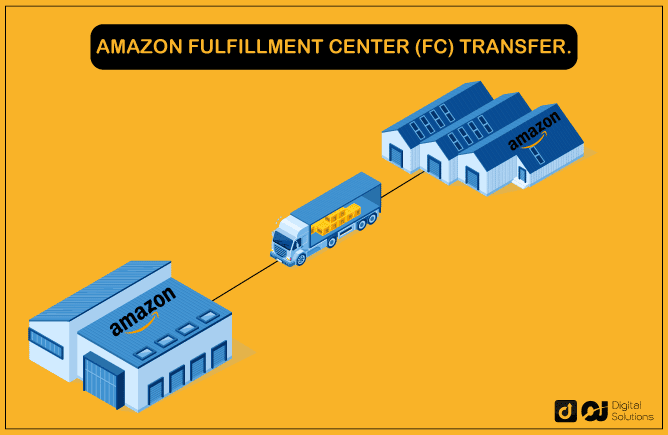
FC stands for Fulfillment Center. It is a warehouse where Amazon stores your merchandise under an FBA selling arrangement.
An FC transfer happens when your FBA inventory is transferred by the e-commerce company from one warehouse to another.
Amazon does this for a good reason. Some Amazon-owned warehouses are located farther from customers, while others are closer. Since the e-commerce company aims for maximum customer satisfaction, it shuttles your items across different FCs to ensure that there is always available stock near your customers.
Now that you know what a fulfillment center transfer is, it’s time to dig deeper and learn how Amazon makes all of this possible.
How Does Amazon Conduct FC Transfers?
There are a lot of Amazon fulfillment centers spread across the world. There are over three hundred warehouses in the United States alone.
The question is, how does Amazon conduct transfers across these fulfillment centers?
The e-commerce company transfers FBA items to different FCs through either of the following methods:
- Distributed Inventory Placement
- Inventory Placement Service
Let’s look at each type of inventory distribution and how these allocation methods could affect your FBA business.
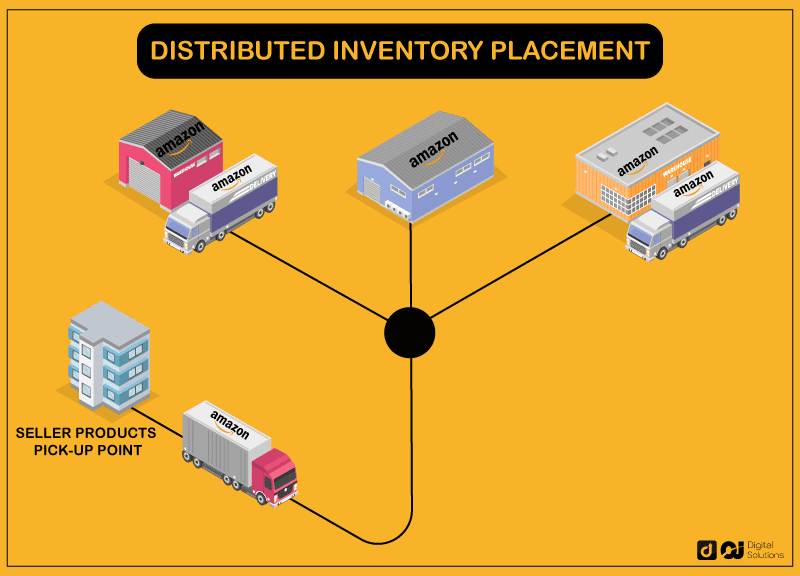
Distributed Inventory Placement
If you select the Distributed Inventory Placement (DIP) method, Amazon will distribute your items to different locations. They are usually distributed across three fulfillment centers in three different areas.
For example, if you’re selling in the U.S. and chose this product distribution method, Amazon may ship some of your items to different warehouses in Arizona, California, and Florida.
In some cases, though, this is the default method of allocating items to different FCs. DIP can be expensive since Amazon charges you three times for three deliveries to different FCs. The farther the three warehouses are from the pickup point, the higher the delivery expense.
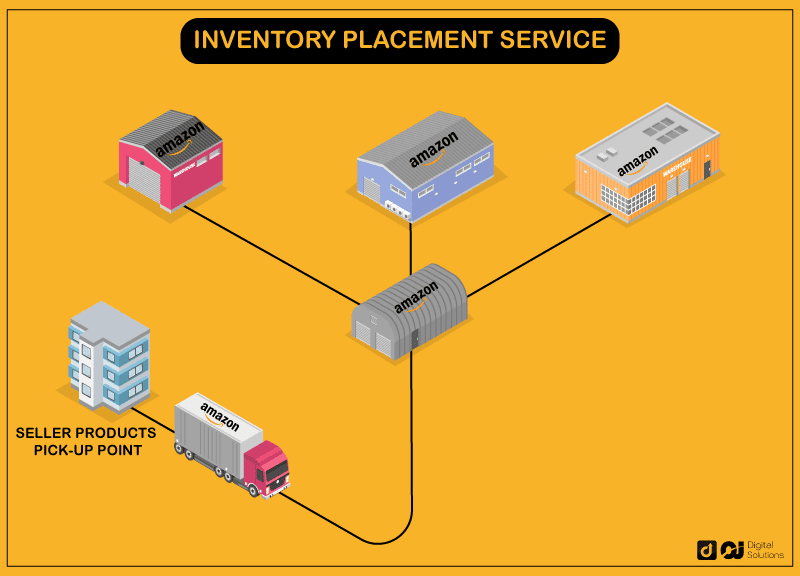
Inventory Placement Service
Inventory Placement Service (IPS) involves delivery to just one fulfillment center (FC). From there, your merchandise will be distributed to different fulfillment centers.
However, in this warehouse delivery model, you will pay on a per-unit basis. You won’t have to pay the shipping cost from the receiving FC to the FCs where your merchandise will be allocated.
IPS may seem like the cheaper option at first glance, but be careful. Your pricing model and inventory volume will still play a major role in your expenses.
Now that you know how FC transfers work, it’s time to learn why they are important to your FBA business.
How an FC Transfer Affects an Amazon FBA Seller
Item transfers between fulfillment centers heavily influence FC shipping on Amazon.
In many cases, Amazon will tell customers that they will ship products that are undergoing FC transfers at a later date. This is more likely to happen if the Amazon fulfillment center nearest your customers has none of those products available.
For example, suppose a customer from California orders a smartphone from your FBA store. However, the nearest FC with the phone is located in Texas. If they order today, Amazon will indicate that the phone will be delivered at a future ship date in your product detail page.
With that said, items under FC transfer aren’t eligible for the two-day delivery guarantee of an Amazon Prime subscription.
While this will not always be the case, shipping delays may impact customer loyalty. This is understandable as FC transfers effectively render your products inaccessible to buyers (even if it’s temporary).
However, FC transfer statuses are not the only ones that cause sales and inventory problems like this. Let’s move over to Amazon FC processing.
All About Amazon FC Processing
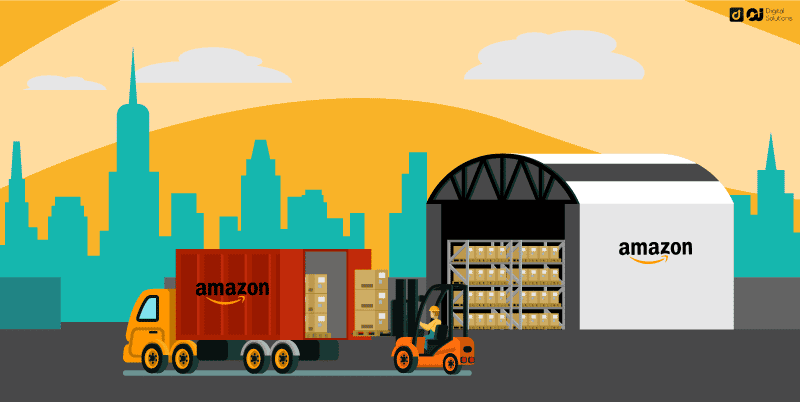
Fulfillment Center (FC) processing works similarly to FC transfers. Both essentially lock your FBA products, making them unavailable for delivery.
Amazon processes products in FCs for many reasons, which include the following:
- Items were just delivered to a new fulfillment center.
- Products are being inspected by Amazon personnel for specific characteristics like size accuracy.
- Goods are being prepared for shipment.
Item processing in fulfillment centers can take anywhere from two business days to two weeks, depending on the reasons behind the status.
What Is Amazon Reserved Inventory, and Why Is It Important?
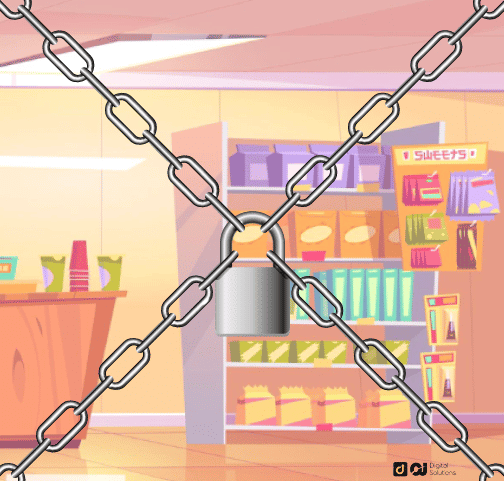
Products in Reserved status are items that are not available for shipping.
Amazon classifies products in FC processing or undergoing FC transfers as reserved units.
Therefore, determining Amazon reserved inventory levels can go a long way in tracking if your products are being processed or transferred across fulfillment centers. You can check if you have too many products stuck in Reserved quantity status with a tool called the Reserved Inventory Report.
Accessing a Reserved Inventory Report is a simple procedure that involves the following steps:
- Log in to your Amazon Seller Central account
- Go to Reports
- Under Inventory, click on Fulfillment
- Proceed to Reserved Inventory
- From here, you can see the reserved status and reserved quantity
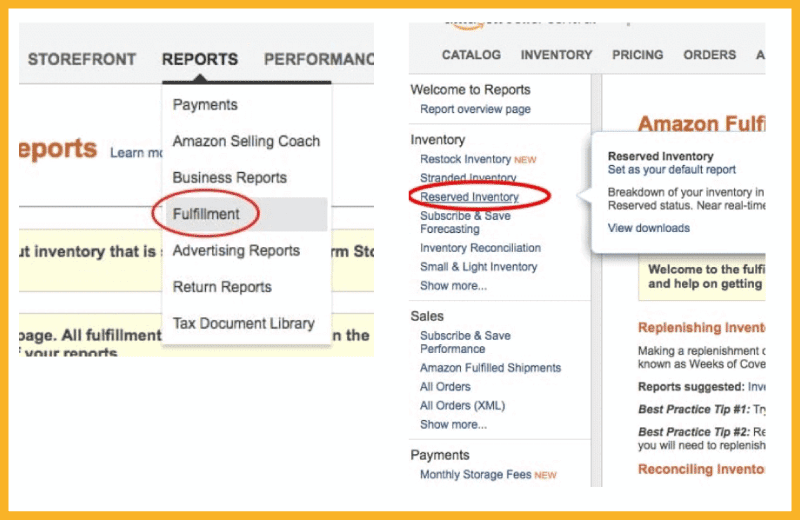
These steps are the easiest way to determine how many units reserved you have in your inventory.
FAQ – Frequently Asked Questions
What Does Reserved – FC Processing Mean?
A product with this status means that the item is not available for sale or shipping. Among the many reasons why a product is “stuck in inventory” include:
- The product is still being inspected or investigated.
- The item has just been received by a warehouse or fulfillment center.
How Long Do Items Stay in FC Processing?
Items could remain in FC processing status from two business days to two weeks, depending on the circumstances surrounding the processing of FBA inventory.
How Long Do Products Stay In FC Transfer?
A product could remain in FC transfer status from 22 to 25 days. It may take longer depending on several factors like weather conditions or government-enforced travel restrictions.
How Much Does An Amazon FC Cost?
The cost of storing goods in an Amazon fulfillment center depends on multiple factors:
- The time of year or season
- The size of the items
- The fragility or volatility of the merchandise
As of the time of writing, the price range for monthly storage fees is $0.75 to $3.63 per cubic foot.
According to the current FBA policy, Amazon also charges a significant amount for items that have remained in a FC for more than 365 days.
Bottom Line
Now you know the ins and outs of an Amazon FC transfer and FC processing and how the two conditions can influence profit margins. It’s time to apply this knowledge and convert your inventory into sales and loyal customers.
Learning about different shipping models is also instrumental in your journey to being a successful seller. We have a dropshipping vs. Amazon FBA article that will help you with just that.
Make sure to drop by our blog for the best Amazon seller guides. Good luck!

